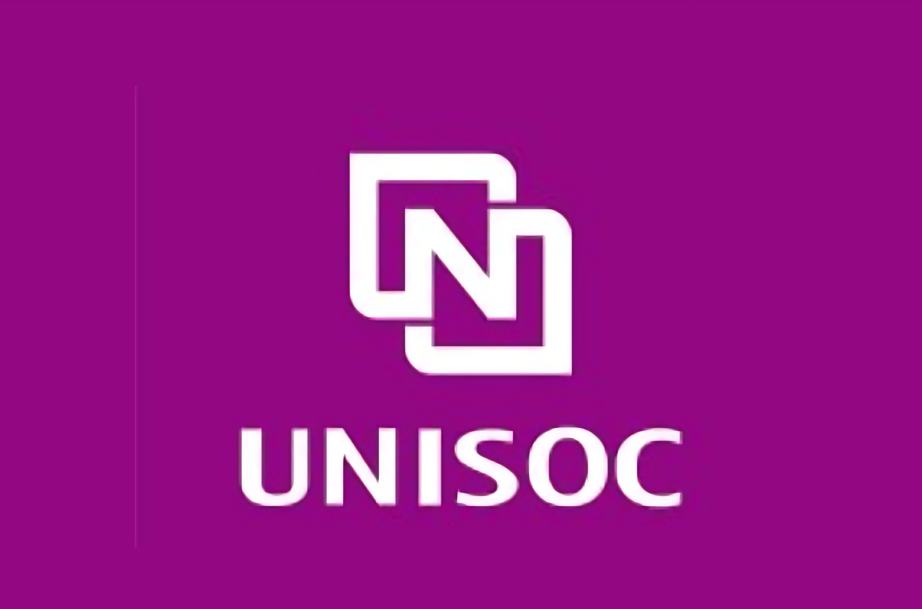Embedded Finance: RazorPay, Stripe India, Paytm — Where It’s Going

SUMMARY
Introduction:
Imagine ordering groceries on an app and, without leaving the screen, getting a quick loan to cover the bill. Or booking a ride and instantly getting travel insurance right there. This is embedded finance, and in India, it’s changing everything. In simple terms, embedded finance is the act of inserting financial services into non-financial apps or platforms.
The financial service is no longer a separate thing; it’s just a feature of the main service you are already using. This new wave of financing is driven by high smartphone use, the success of UPI, and massive digital adoption. With millions of internet users and UPI handling billions of transactions monthly, companies like Razorpay, Stripe India, and Paytm are leading the charge.
They’re embedding their money services into everyday apps, making finance feel invisible yet available and powerful. It is reshaping how Indians shop, borrow, and manage their finances. In this article, we’ll explore the future of embedded finance and how top players like Razorpay, Stripe India, and Paytm are using it.
What is Embedded Finance?
It can be defined as a seamless integration of financial services into non-financial applications or platforms. Instead of being a separate step or a different institution, the financial product becomes a core feature of a customer’s journey. It makes life easier. Users get instant help without extra logins, while businesses earn more by offering these perks. The process is so smooth that users often don’t realize they’ve accessed a financial service; it just works. The payment, loan, or insurance feels like a natural part of the main transaction.
Razorpay: Empowering businesses and individuals
Razorpay started its journey by simplifying online payments for businesses. It began as a simple payment gateway in 2014 and became a powerhouse fueling India’s startup dreams by offering embedded finance. The company empowers everyone from street vendors to apps with easy tools. Razorpay’s focus on “invisible finance” sets it apart from others. It uses advanced tools like artificial intelligence to make quick transactions, without users noticing.
Its business banking arm, RazorpayX, provides digital current accounts, automates payroll, and handles vendor payouts. RazorpayX allows a software company that manages freelancers to handle all their business finance directly within their software dashboard, without the need for multiple bank portals. This is embedded banking for businesses. The firm’s product, Razorpay Capital, can instantly assess creditworthiness by having a clear view of a business’s sales and cash flow through its payment gateway.
Stripe India: Global powerhouse goes local
Stripe, the global fintech giant that entered the Indian market in 2018 with a focus on providing foundational building blocks for digital businesses. Its policy is very much API-first, providing easy code snippets that companies can take and use to add financial services. The firm blends global strategies with local apps like UPI and Aadhaar.
Stripe’s pushing hard on platform lending, letting apps offer buy-now-pay-later (BNPL) or cards without building from scratch. The company’s flagship embedded tool, Connect, helps the platform connect with buyers and sellers. Connect handles the complex parts of moving money internationally, managing compliance, and onboarding sellers, all through a simple integration.
This allows Indian platforms to scale globally without worrying about the banking hurdles in every country. With services like Stripe Issuing, any company can issue its own branded physical or virtual payment cards to its customers or employees. It’s like a card is pre-loaded with a working capital advance that is embedded finance in action. Stripe’s strength is providing a secure infrastructure. It focuses on handling the backend issues like regulatory and bank partnerships, so its clients can focus entirely on creating a great front-end user experience.
Paytm: The homegrown giant
Paytm is a homegrown startup that began as a simple mobile recharge app in India and became one of the biggest fintech companies in the country. De-monetization, followed by online transition due to the pandemic, also played a huge role in making Paytm a fintech giant. However, the firm’s embedded finance journey is different. It offers a massive two-sided ecosystem of consumers and small merchants through its wallet and QR code network.
Paytm’s core success is its embedded payments, which are available everywhere a user might need them for a transaction. Its offerings are about cross-selling financial products to this user base. Paytm can be used by anyone, from street vendors to online bill payments. This constant interaction generates rich user data. Using this rich data, Paytm became a major player in embedded lending.
It partners with several financial institutions to offer its Buy Now, Pay Later service and personal loans directly within the consumer app. Users who frequently pay bills on time will see a pre-approved loan offer, making credit accessible to millions who might not qualify through traditional bank channels. Similarly, investments like mutual funds are Paytm’s embedded features. This turns a payment platform into a comprehensive financial app.
Challenges in the Indian market
While embedded finance offers huge benefits, operating in the Indian market presents unique hurdles that the players must constantly navigate. There are many rules and regulations for digital lending, data privacy, and first-loss default guarantees. Companies must be extremely agile to ensure their rapidly deployed embedded products remain compliant, especially as they partner with banks and NBFCs.
People in tier-2 and 3 areas still lack a deep understanding of complex digital financial products. Not following rules or unclear terms can often make customers lose trust in the company, posing reputational risks. The data sharing makes the attack surface prone to cyberattacks and fraud. Embedding financial services into a third-party app can be a complex process. Glitches and transaction delays can make customers leave the platform.
Where is embedded finance going?
India’s embedded finance market is not just growing but also evolving rapidly. India’s embedded finance sector is expected to reach $29 billion by 2030, according to the going rates provided, as lending and payment services dominate. Artificial intelligence is going to transform the way we manage money online by introducing things like predictive lending and voice-activated payments.
Credit decisions will be made in just a few seconds with no extra delay. Every digital transaction will have an optional, highly relevant insurance product embedded. The travel and insurance will be built into the checkout, priced precisely for every single item. This hyper-personalization will drive insurance penetration in India.
Conclusion:
The time when we used to walk to a bank for a financial service is getting replaced by online fintech platforms. RazorPay, Stripe India, and Paytm have changed the way we manage money by embedding finance. By laying the framework for finance to flow, making it instant, data-driven, and perfectly woven into our daily digital lives. The article mentioned how embedded finance is powering every commerce and business transaction across the country.
FAQs:
What is embedded finance?
It means adding financial services like payments or loans directly inside non-financial apps or platforms.
How does embedded finance work?
It lets businesses offer banking, payments, or insurance services without building them from scratch — using fintech tools.
Why is embedded finance becoming popular in India?
Because it helps companies make payments and financial services faster and smoothly for users.
What role does Razorpay play in embedded finance?
Razorpay provides APIs and tools that allow businesses to collect payments and offer financial products easily.
How is Stripe India involved in embedded finance?
Stripe India helps online platforms integrate payments, billing, and financial tools directly into their systems.
What about Paytm’s role?
Paytm is expanding beyond payments — offering lending, insurance, and banking services through its platform.
How does embedded finance help businesses?
It saves time, boosts customer trust, and creates new income opportunities.
Is embedded finance safe?
Yes, when regulated properly, companies must follow RBI and financial security guidelines.
How do customers benefit from it?
They can make payments, get credit, or manage money directly inside the apps they already use.
What’s the future of embedded finance in India?
It’s growing fast; more startups and big companies are expected to adopt it in the next few years.
Recommended For You
Note: We at scoopearth take our ethics very seriously. More information about it can be found here.
















